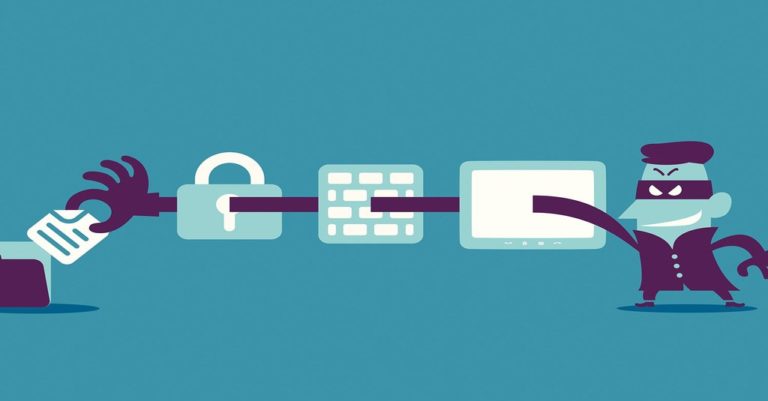How Dangerous is a Third Party Data Breach in 2020?

As Risk Grows, Companies Must Make a Plan Now to Mitigate a Third Party Data Breach
While companies can quickly put strong solutions in place that increase phishing resistance and guard against insider threats, there’s one source of trouble that businesses can’t do anything about – the way that those they do business with store and protect their data. However, there are a few measures that companies can put in place to lower their risk of trouble from a third party data breach in 2020.
Why is it dangerous?
The primary way that a third party data breach puts companies at risk is because it’s a surprise. Uncontrollable variables wreak havoc on IT security planning. It’s impossible to be fully prepared for such an event because it’s impossible to estimate what data might be stolen, and by whom, and when. A recent study noted that 53% of organizations have experienced one or more data breaches caused by a third party, costing an average of $7.5 million to remediate.
How can it be prevented?
The only way to prevent a third party data breach is to never give anyone else any information, and that’s certainly not tenable. No business exists in a bubble. But while prevention is impossible, mitigation is possible, and that’s the best way to lower the risk of a third party data breach putting data and systems in danger.
Take these steps now to bolster cybersecurity against a third party data breach:
Add Multifactor Authentication (MFA) for Every Login – This single step can save so many headaches. If nothing else on this list is possible, just adding MFA puts a strong barrier between bad actors and business systems and data. Even if a password is stolen in a third party breach that is being reused by a staffer at work (and password recycling is a constant problem), MFA prevents it from working without a separately delivered code – making that password useless for a cybercriminal.
A dynamic solution like Passly is the ideal choice because not only does it offer MFA, it’s also packed with other features like remote management and single sign-on that boost security even more.
Train Staffers to Spot Spear Phishing – One danger of a third party data breach is that bad actors gain information about a business from a partner, and then use that information to attempt to lure in unwary staffers through authentic looking spear phishing emails that appear to be from a trusted sender, to snatch their passwords or deliver ransomware. Boosting phishing resistance training will make workers more suspicious of unexpected emails to guard against spear phishing attempts landing successfully.
BullPhish ID does the trick. With more than 80 training kits including video training in 8 languages, BullPhish ID’s frequently updated training gets staffers ready to defend against phishing attempts – even COVID-19 threats.
Watch for Third-Party Credential Compromise – Dark Web monitoring doesn’t just protect staff credentials by watching for them to leak from their employer; it also watches for those credentials to hit the Dark Web from anywhere. That means that companies are still alerted if a staffer’s monitored password has leaked from another source as well, giving IT teams time to shore up that vulnerability.
Dark Web ID is the solution to this problem. By monitoring the Dark Web for stolen or leaked staff credentials from any source, companies are able to mitigate the potential damage of a compromised credential fast.
Preventing a third party data breach isn’t something that’s possible for businesses. But adding essential protections that mitigate the danger is something that’s possible. Our digital risk protection platform can help shore up cybersecurity to reduce risk and add security that helps prevent damage from a thirdparty data breach – without blowing out the IT budget.